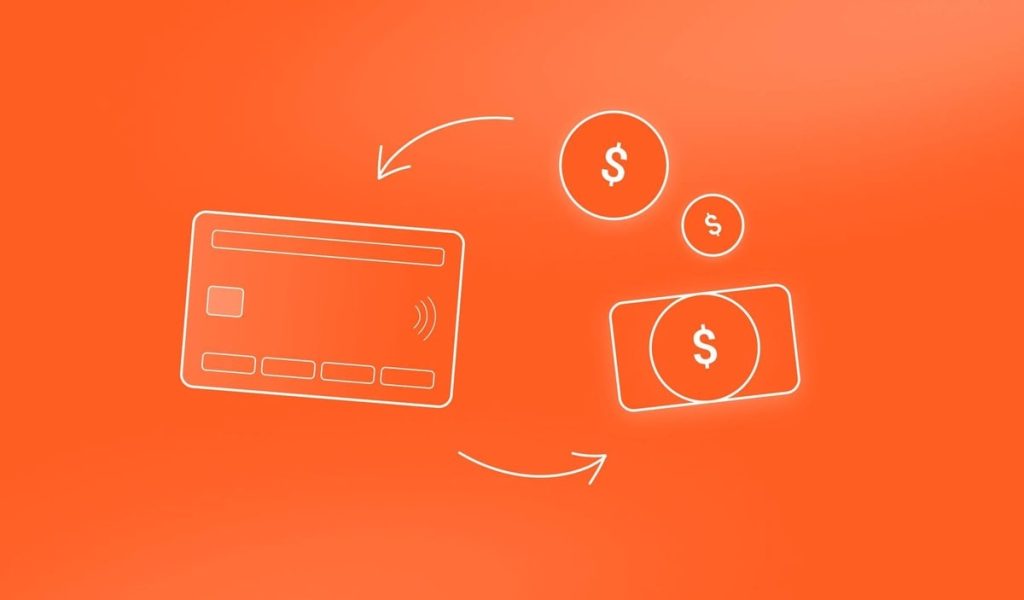Chargebacks are a growing concern for businesses, especially with the rise of e-commerce. Chargebacks occur when customers dispute transactions, which can lead to lost revenue and extra fees. To mitigate this, companies must implement effective fraud detection tools and follow best practices for reducing chargebacks.
1. Understanding Chargeback Types
Chargebacks fall into three categories:
- True Fraud: This occurs when a stolen card is used, and the cardholder disputes the transaction.
- Friendly Fraud: Legitimate cardholders dispute a transaction, often claiming they didn’t authorize it, even though they did.
- Merchant Error: Errors like duplicate billing or unclear product descriptions can lead to customer dissatisfaction and disputes.
Table 1: Breakdown of Chargeback Types by Percentage (2023)
| Type of Chargeback | Percentage |
|---|---|
| True Fraud | 30% |
| Friendly Fraud | 48% |
| Merchant Error | 22% |
Friendly fraud, accounting for 48%, is the most frequent. Detecting fraudulent activities early is crucial in minimizing disputes and protecting revenue (MasterCard Chargeback Guide 2023).
2. The Real Costs of Chargebacks
Chargebacks cost businesses more than just the lost sale. For each dollar lost to a chargeback, companies may incur an additional $1.50 to $3.00 in fees, operational costs, and other related expenses (VISA, Stripe).
Direct Costs:
- Lost revenue: The business loses the transaction amount.
- Chargeback fees: Ranging from $20 to $100 per dispute, depending on the payment processor.
Indirect Costs:
- Inventory loss: Fraudulent disputes often result in products lost without compensation.
- Operational overhead: Time and resources are diverted to manage chargeback disputes.
Table 2: Average Chargeback Costs per Industry
| Industry | Average Chargeback Cost (USD) |
|---|---|
| Retail | $40 – $60 |
| E-commerce | $30 – $50 |
| Digital Goods | $50 – $80 |
| Subscription Services | $40 – $100 |
Chargebacks hurt more than just immediate revenue. Proactive fraud detection is essential to minimize these impacts (VISA Chargeback Management Guidelines 2023).

3. Fraud Detection Tools
Fraud detection tools are necessary for preventing chargebacks. Multi-layered security provides the best protection against fraudulent transactions.
Core Tools for Fraud Detection:
- Address Verification Service (AVS): Compares the cardholder’s billing address with bank records to identify discrepancies.
- Card Verification Value (CVV): Verifies that the person using the card has access to its physical details.
- 3D Secure: Adds an additional authentication step during online transactions, requiring the cardholder to verify their identity.
- Machine Learning and AI: These systems analyze transaction patterns and flag suspicious behavior.
- Tokenization: Replaces sensitive card data with a token, making it useless to hackers.
Table 3: Comparison of Key Fraud Detection Technologies
| Tool | Effectiveness | Industries |
|---|---|---|
| AVS | High | Retail, E-commerce |
| CVV | Medium | Retail, Subscriptions |
| 3D Secure | Very High | E-commerce, Digital Goods |
| Machine Learning | High | All |
| Tokenization | Very High | All |
Machine learning and AI are particularly effective, as they monitor and analyze massive amounts of data in real time, identifying fraudulent activities as they occur. Tokenization is also a robust solution for ensuring that sensitive customer data stays secure (MasterCard, 2023).
For enhanced fraud protection, Merchanto.org, an official VISA and MasterCard partner, offers comprehensive fraud detection tools designed to minimize chargebacks. Visit Merchanto.org for more details.
4. Practical Steps to Reduce Chargebacks
In addition to fraud detection tools, businesses can adopt practical measures to reduce chargebacks:
1. Improve Customer Service:
- Accurate Product Information: Ensure product descriptions are clear and accurate to prevent misunderstandings.
- Clear Return Policies: Make returns easy and transparent to avoid disputes.
- Fast Response Times: Answer customer inquiries promptly to address any dissatisfaction.
2. Track Transactions:
- Use real-time analytics to monitor transaction patterns and flag potential issues before they escalate into chargebacks.
3. Automate Dispute Management:
- Automated systems can track chargebacks and help businesses respond promptly. Automation minimizes human error, ensuring faster dispute resolution.
Pro Tip: Offering multiple contact points for customer service (email, phone, live chat) allows customers to resolve issues directly with the business, preventing many disputes from escalating into chargebacks (MasterCard Security Features).

5. Automation and AI in Chargeback Management
Automation and AI play a key role in streamlining fraud detection and dispute management. Machine learning algorithms can process large datasets to identify patterns in real-time, preventing fraudulent transactions from being completed.
Benefits of Automation:
- Immediate Alerts: Automated systems notify merchants instantly about suspicious activities.
- Data-Driven Decisions: AI can analyze past disputes to predict future trends and prevent chargebacks before they happen.
- Reduced Human Error: Automated processes reduce the chances of missing fraudulent transactions during manual reviews.
Stripe, a major payment processor, reports a 30% decrease in chargebacks among businesses that use AI-based fraud detection systems (Stripe.com, 2023).
Conclusion
Reducing chargebacks requires a multi-layered approach. Fraud detection tools like AVS, CVV, 3D Secure, Machine Learning, and Tokenization play a critical role in preventing fraudulent transactions. Additionally, improving customer service, streamlining dispute management, and adopting automation are key strategies that businesses should implement to mitigate chargebacks.
In today’s e-commerce world, proactive fraud detection and robust chargeback prevention strategies are essential for business success.



